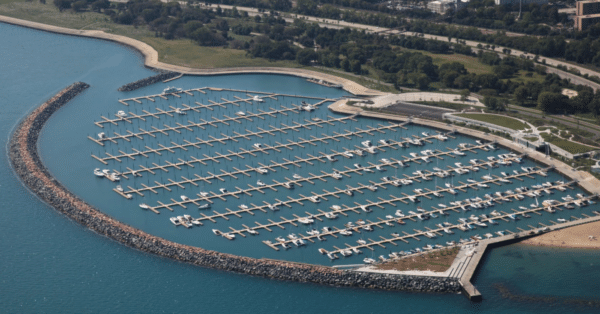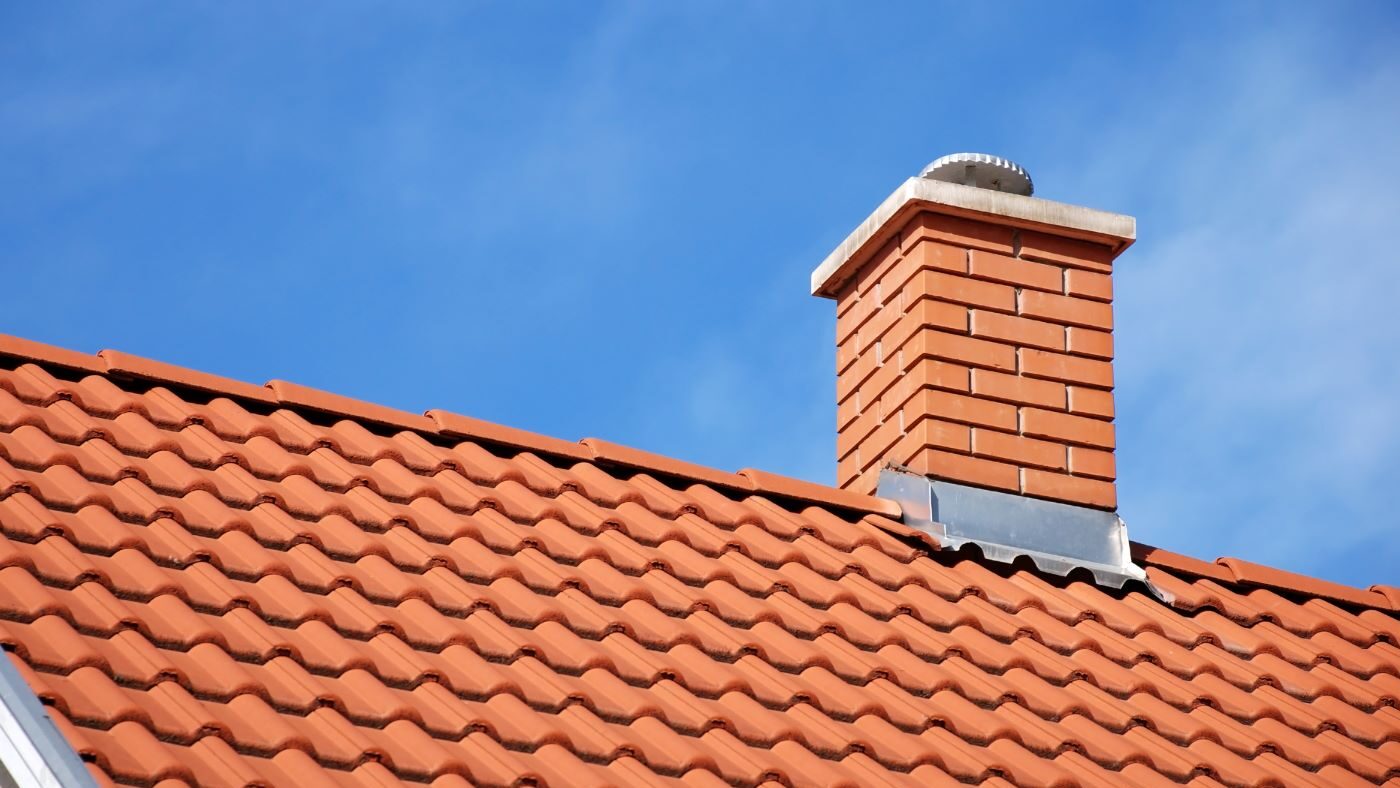Many residences in colder climates include fireplaces and chimneys. These can range from historical masonry lined open hearth fireplaces to modern and efficient pellet and gas burning inserts. A fireplace can provide a charming sense of warmth and comfort to a living space; however, if misused or damaged, can result in damage and fires to a residence. VERTEX has extensive experience inspecting chimneys and fireplaces for such damage.
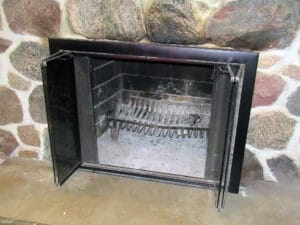
To function properly, there are three keys to any fireplace and chimney: proper design, proper installation, and regular maintenance and cleaning. A deficiency in any of these can result in poor performance or property damage and represents a safety risk to occupants of the property.
Construction of an Open Hearth, Wood Burning Fireplace
Conventional fireplaces include a firebox and hearth, where the fire occurs, and a flue through which combustion gases escape upward and out the top of the chimney. Common flue materials include unlined masonry, clay liners, and stainless-steel, which can be insulated or uninsulated. Additional components include a damper and flue cap, which are designed to control venting of the fireplace and to stop debris and excess moisture from entering the flue.
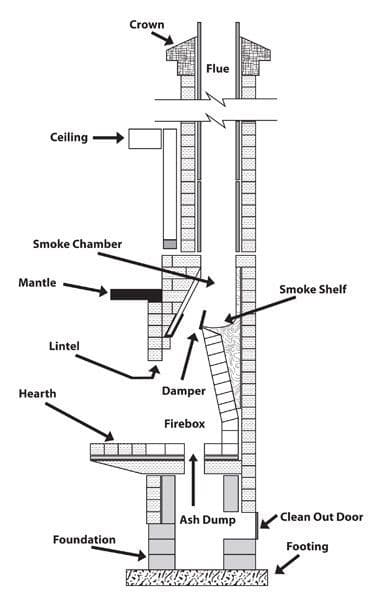
Common Causes of Damage to Chimneys and Fireplaces
Fires
Fireplaces are designed to withstand the heat of fires but can be damaged by excessively hot fires (“Over Fire”), from burning too much material or from burning inappropriate materials. Chimneys are designed for the heat of smoke but are not designed to withstand direct exposure to fire and can be damaged if a fire extends into or develops within them. Igniting of excess creosote within a chimney flue is a common source of such chimney fires. Creasote is a byproduct of the incomplete combustion of materials, and most commonly develops in wood burning fireplaces. Chimney fires can result in cracked flue liners and masonry as well as discolored and damaged metal caps and fireplace components. Left unrepaired, cracks in a flue can result in combustion gasses leaking into the residence, presenting a life safety risk.
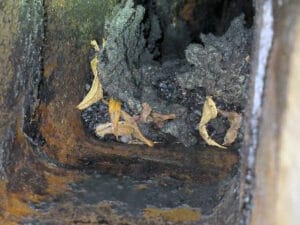
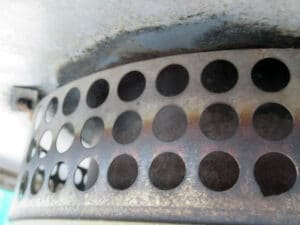
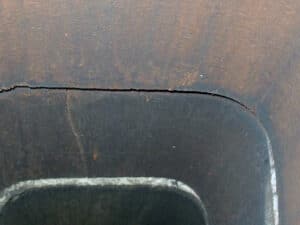
Water Intrusion
Water intrusion through cracks or openings in the masonry of a chimney can result in premature deterioration of the chimney and fireplace. Moisture can cause cracks, spalling, staining, and moss or fungal growth on masonry components. Such water intrusion can result from improper forming of a chimney crown, a lack of a chimney cap, and from deferred maintenance of mortar joints.
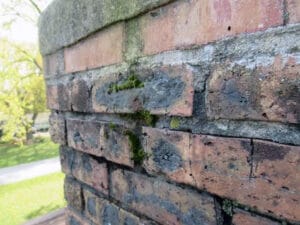
Moisture intrusion can also result in costly, gradual, and long-term corrosion to metal components of fireplaces, including dampers and lintels.
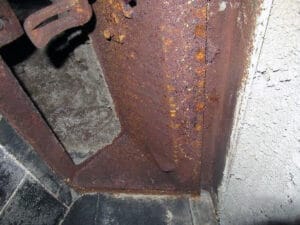
Settlement
Chimneys and fireplaces, which are located on exterior walls of residences, are commonly supported on foundations that are outboard of the main foundation of the residence and can be damaged as a result of differential settlement between the main foundation of the residence and the fireplace foundation. Settlement of a foundation can cause leaning and cracking of the masonry of a chimney, allowing water intrusion.
Chimney Investigations
If damage to a chimney is suspected or observed, the first step for the property owner or manager is to reach out to an experienced forensic expert to determine the cause(s) of the damage.
In some instances, a chimney or fireplace may have been damaged as a result of more than a single cause. For example, a chimney that has experienced long-term weather-related deterioration due to poor construction or poor maintenance may also experience a fire, resulting in additional damage to these components.
To assess a chimney and fireplace system, a consulting professional will perform a detailed, on-site inspection of the fireplace and chimney from below and above. This inspection will include the taking of photographs and measurements as well as the use of moisture meters, thermography, or other tools, as warranted. The field inspection will be bolstered by a careful interview of the occupants, contractor, and/or any other related parties. Relevant documents, such as repair proposals and fire investigation reports will be reviewed and consulted in the making of determinations. Once the cause and extent of damage to the fireplace and chimney systems have been determined, repair recommendations can be provided.
Chimney Repair Recommendations
Repair recommendations should be tailored to the specific property and damage observed. In some instances, repair to a damaged chimney may require total reconstruction. In other cases, the installation of a new chimney liner may be sufficient, and in other cases, simple masonry tuck pointing and cleaning may be all that is required. VERTEX possesses the required expertise to aid in the assessment of chimneys.
To learn more about VERTEX’s Forensic Engineering and Forensic Architecture services or to speak with a Construction Expert, call 888.298.5162 or submit an inquiry.



